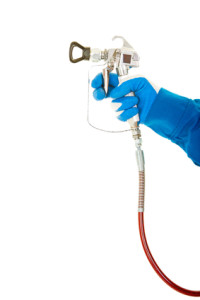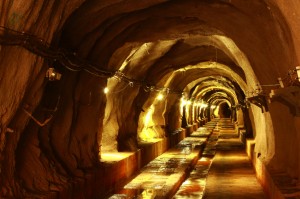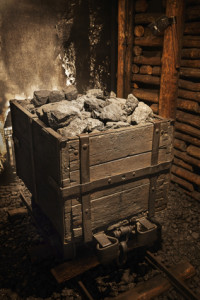Thickeners: How they Operate
This is a guest post by Bill Hancock, President of Zeroday Enterprises
Thickeners: How they Operate
The most common solids-liquid (S/L) unit operation is thickening. A wide variety of thickeners are used including conventional, deep well, paste, high rate and clarifiers which is a thickener subclass used for removing solids from turbid or very low % solids waters. Thickeners are mechanically continuous process equipment which operates on a particle/floccule sedimentation principle where in simplest terms the solids settle to the bottom of the thickener tank and the water overflows the tank.
Essential elements common to thickeners include:
a) Feedwell: where the slurry or water is introduced into the thickener which confines the kinetic energy of the incoming waters to minimize overall tank turbulence as well as directing the flow downward into the thickener
b) Rake mechanism: or similar device that pulls the settled solids/mud to the center of the tank; as the rakes travel through the mud, this plays an additional important role in disturbing the mud and releasing additional water retained by the settled mud
c) Under flow pump: which can be of several types including peristaltic, centrifugal, diaphragm and progressive cavity.
Thickeners are designed to operate continuously with slurry/water consistently flowing into the centerwell with thickener underflow pumping balanced to maintain a mud bed in the thickener. Key to thickener operational efficiency is the solids must be able to settle 2-4 times faster than the nominal water up flow rate. High feed solids recoveries reporting to the bottom of the thickener ensures high solids recovery and high overflow clarity levels.
Modern thickeners are designed based on use of highly effective synthetic (polyacrylamide) flocculants, ensuring high solids capture and adequate settling rates. Coagulants are sometimes also used when fine particle recovery is a challenge with flocculants alone. Fine particle recovery is needed to maximize thickener overflow clarity, minimize sands-slime separation in the bed which causes torque issues and to ensure bed solids flowability. Additionally coagulants can have positive downstream operational benefits such as in filters.
Flocculants are typically introduced either to the slurry-water pipe feeding the thickener, to a feed tank before the thickener, to the centerwell or a combination of these addition points. Where flocculant is optimally dosed is typically determined by plant evaluation and varies from operation to operation and is influenced by solids substrate, particle sizes and system specific factors. If coagulants are used, typically these are dosed upsteam of the flocculant addition point; however, in mineral concentrates, most often the best response is dosing coagulant after the flocculant.
Settled solids at the bottom of the thickener is called ‘mud’. The goal is to maximize the % solids in the underflow to recover as much water as possible for reuse. Primary means for controlling % solids is by mud depth and flocculant dosage. Deeper mud depths increase % solids because mud weight will cause more water to be released. Higher flocculant dosages, within a normal dosage rate range, will result in higher % solids. The % solids is typically limited by the thickener’s ability to transfer mud from the thickener and pumping the underflow because viscosity and slurry density increases dramatically with increasing % solids.
The simple animation below that shows only flocculant addition (not coagulant) illustrates these thickener operational principles.
Bill Hancock is an internationally recognized expert in mineral processing technologies, technical marketing management and water treatment. Hancock founded and owns Zeroday Enterprises which supplies chemical mix-feed systems, LTM conductive slurry level monitoring probes, peristaltic hose and tube pumps, mixers and flocculant and coagulant chemicals. He also founded Argo Consulting—a technical and technical marketing consulting practice focused on providing mineral processing, water treatment and technical marketing consulting services to the mining industry.

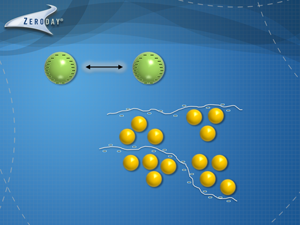
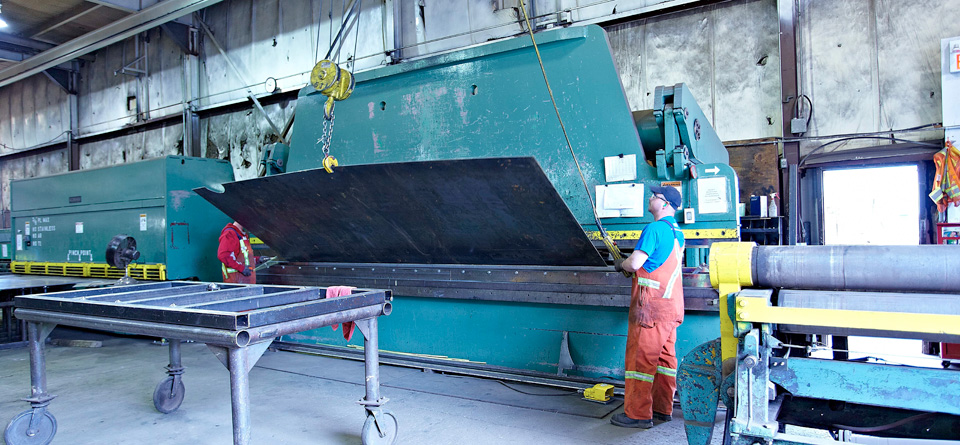
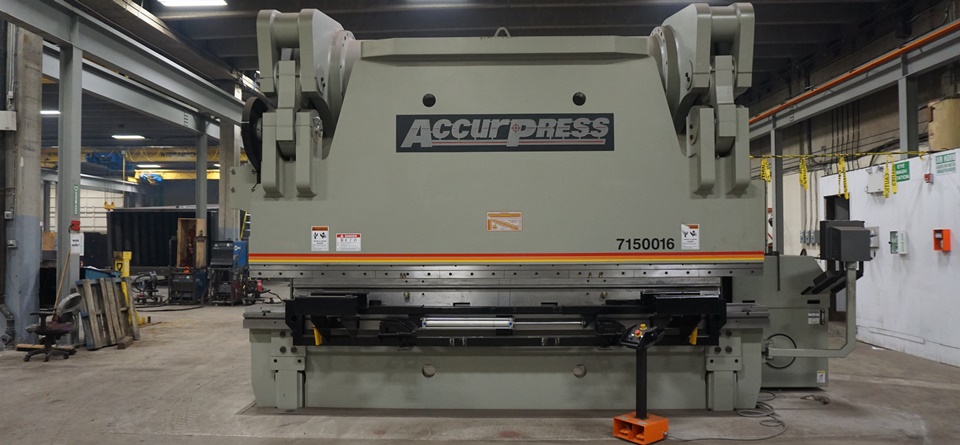
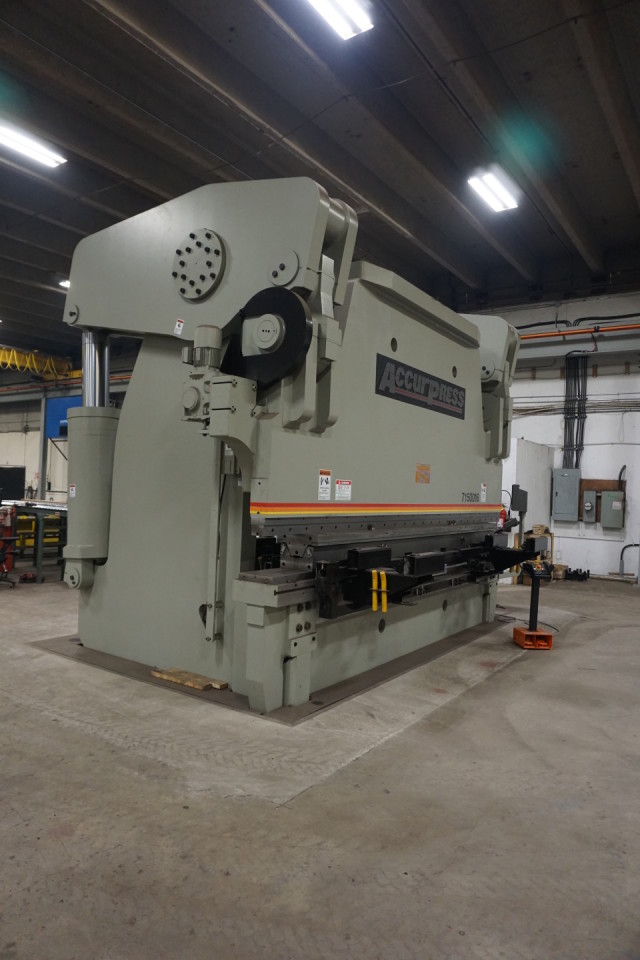
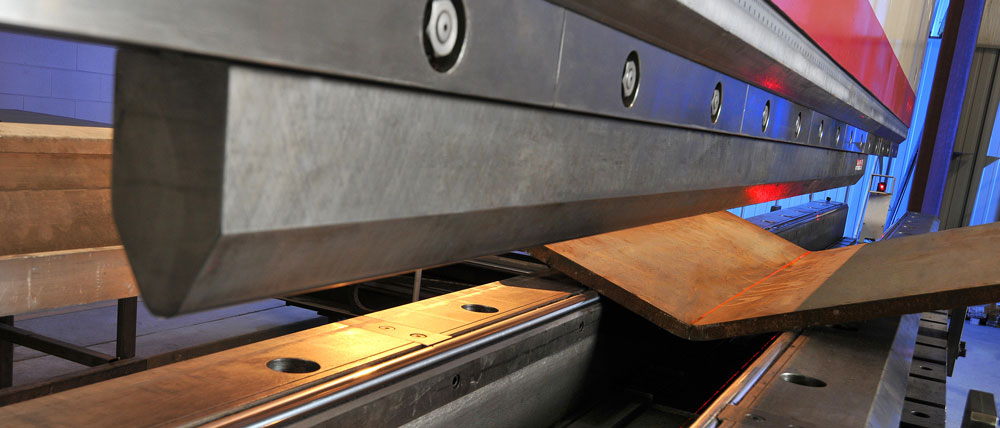

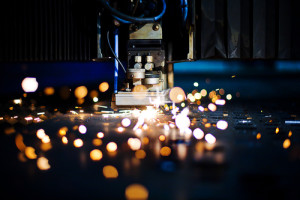 When Precision Counts, Count on Laser Cutting Technology
When Precision Counts, Count on Laser Cutting Technology
